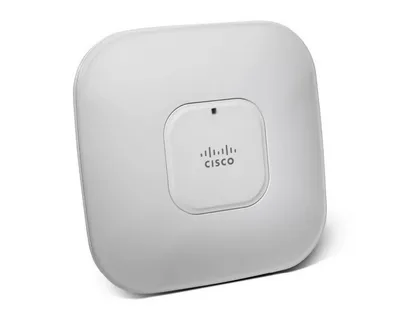In our increasingly digital world, reliable internet connectivity is crucial for both businesses and homes. Access points (APs) play a pivotal role in establishing and enhancing wireless networks. This article will explore the features, benefits, and considerations for selecting the right access points to ensure seamless connectivity.
Understanding Access Points
Access points are hardware devices that allow wireless devices to connect to a wired network using Wi-Fi. They act as a bridge between the wired network and wireless clients, extending the reach of your network and improving connectivity.
How Access Points Work
An access point connects to your router via an Ethernet cable, providing a wireless signal to nearby devices. By creating a Wi-Fi network, APs enable multiple devices to connect simultaneously, allowing for a smooth online experience.
Why Choose Access Points?
Improved Coverage
One of the primary reasons to deploy access points is to enhance Wi-Fi coverage. In large spaces or multi-story buildings, a single router may not provide adequate coverage. By strategically placing multiple APs, you can eliminate dead zones and ensure that every area has a strong signal.
Increased Capacity
With the growing number of devices that connect to networks today, having a robust infrastructure is essential. Access points allow for increased capacity by supporting more concurrent connections than a standard router. This capability is vital for businesses, schools, and public spaces that host many users.
Enhanced Performance
APs often come equipped with advanced features such as dual-band technology, which allows devices to connect on both the 2.4 GHz and 5 GHz bands. This feature helps balance the network load, reducing congestion and improving overall performance.
Flexibility and Scalability
Access points provide the flexibility to expand your network as needed. You can easily add more APs to accommodate growing connectivity demands, making them an ideal solution for expanding businesses or homes.
Types of Access Points
When considering access points, it’s essential to understand the different types available:
Standalone Access Points
Standalone APs are individual devices that connect directly to your network. They are easy to set up and manage, making them suitable for small to medium-sized environments.
Controller-Based Access Points
Controller-based APs require a centralized controller to manage the network. This setup is ideal for larger organizations, as it simplifies management and provides advanced features like load balancing and enhanced security.
Cloud-Managed Access Points
These APs are managed via cloud-based software, allowing for remote management and monitoring. This type is becoming increasingly popular due to its ease of use and accessibility.
Key Features to Look For
When choosing the right access points for your needs, consider the following features:
Wi-Fi Standards
Look for APs that support the latest Wi-Fi standards, such as Wi-Fi 6 (802.11ax). This standard offers faster speeds, greater capacity, and improved performance in crowded environments.
Range and Coverage
Evaluate the range of the access points. Some APs are designed for extensive coverage, making them suitable for larger spaces, while others may be better for smaller areas.
Security Features
Security is a top priority for any network. Ensure that the access points you choose support WPA3 encryption and have features like guest networking and intrusion detection to keep your data safe.
Power over Ethernet (PoE)
APs that support PoE can be powered through the Ethernet cable, reducing the need for additional power sources and simplifying installation.
Installation and Placement Tips
Proper installation and placement of access points are crucial for optimal performance. Here are some tips to ensure effective deployment:
Strategic Placement
To maximize coverage, place APs in central locations within the area you want to cover. Avoid obstacles such as walls and metal objects that can interfere with the signal.
Height Matters
Mounting access points at a higher elevation can enhance coverage. Consider ceiling installations in commercial spaces for better signal distribution.
Use Heat Mapping
Using heat mapping tools can help identify weak signal areas. This data can guide you in placing additional access points where needed.
Benefits of Deploying Access Points in Business
Businesses, in particular, can gain significant advantages from using access points:
- Enhanced Collaboration
With robust Wi-Fi connectivity, employees can collaborate more effectively using online tools and applications. This enhanced connectivity fosters teamwork and productivity.
- Improved Customer Experience
In retail or hospitality settings, providing free Wi-Fi through access points can enhance the customer experience. Customers appreciate connectivity, which can lead to increased satisfaction and loyalty.
- Support for IoT Devices
As businesses increasingly adopt IoT devices, having a strong network infrastructure becomes essential. Access points can support the connectivity needs of various smart devices, from security cameras to smart thermostats.
Conclusion
Investing in quality access points is a strategic move for anyone looking to enhance their network connectivity. Whether for home use or in a business environment, these devices provide improved coverage, increased capacity, and enhanced performance.



